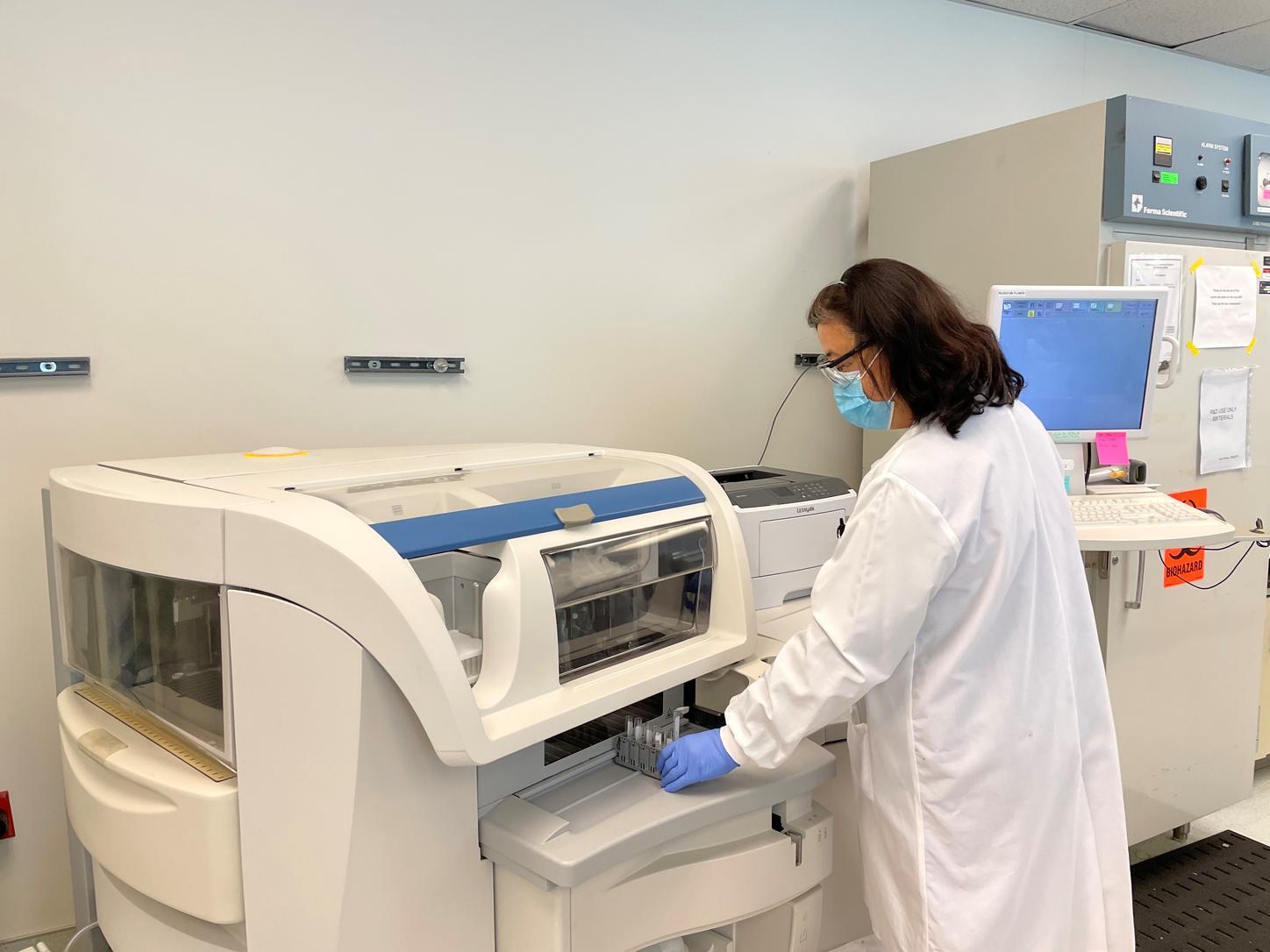
Advancing diagnosis and follow-up together
Given the limited therapeutic options for neurodegenerative diseases, researchers and industry are pooling their strengths to accelerate progress in diagnosis and treatment.
Laboratory diagnostics is a promising field that could help physicians arrive at an earlier diagnosis and facilitate monitoring and follow-up during treatment.


- 1 NfL is currently not for sale for diagnostic purpose. The NfL assay testing service is available from Siemens Healthcare Laboratory in Berkeley, California.
- 2 The product/feature and/or service offerings (mentioned herein) are not commercially available in all countries and/or for all modalities. Their future availability cannot be guaranteed.
- [1] Hansson O. Biomarkers for neurodegenerative diseases. Nat Med. 2021;27:954–963.
- [2] Gaetani L, Blennow K, Calabresi P, Di Filippo M, Parnetti L, Zetterberg H. Neurofilament light chain as a biomarker in neurological disorders. J Neurol Neurosurg Psychiatry. 2019;90(8):870–881.
- [3] Susuki K. Myelin: A Specialized Membrane for Cell Communication. Nature Education. 2010;3(9):59.
- [4] Manouchehrinia A, Stridh P, Khademi M, Leppert D, Barro C, Michalak Z, et al. Plasma neurofilament light levels are associated with risk of disability in multiple sclerosis. Neurology. 2020;94(23):e2457–e2467.
- [5] Kuhle J, Kropshofer H, Haering DA, Kundu U, Meinert R, Barro C, et al. Blood neurofilament light chain as a biomarker of MS disease activity and treatment response. Neurology. 2019;92(10):e1007–e1015.
- The statements by Siemens Healthineers customers described herein are based on results that were achieved in the customer’s unique setting. Since there is no “typical” hospital and many variables exist (e.g., hospital size, case mix, level of IT adoption) there can be no guarantee that other customers will achieve the same results.

















